
Stars very close to the center of our galaxy could be fueled by dark matter in perpetuity, according to a team of astronomers who recently studied the distant light sources.

Stars very close to the center of our galaxy could be fueled by dark matter in perpetuity, according to a team of astronomers who recently studied the distant light sources.
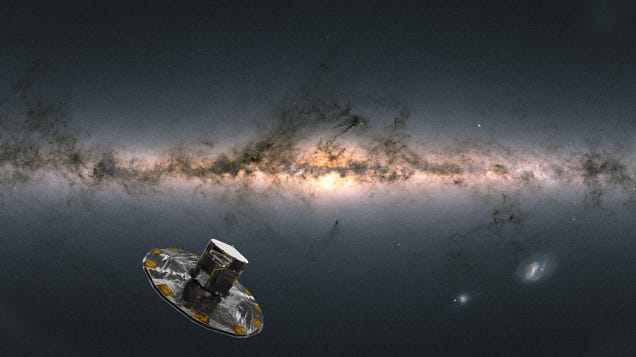
Evidence of the Milky Way’s past is encoded in wrinkles of stars, whose positions and movements have shifted as our galaxy has interacted with other galaxies, sometimes violently. Now, a team of astronomers say that the most recent of those cosmic collisions was billions of years later than was thought, making the…
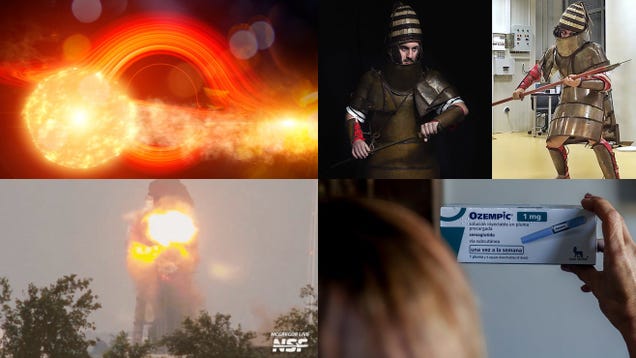
This week, science reporter Isaac Schultz described a groundbreaking effort to measure the spin of a supermassive black hole, and a fascinating experimental archaeology experiment in which marines fought each otherto test how well ancient Mycenean armor works. Other science coverage included a botched SpaceX engine…
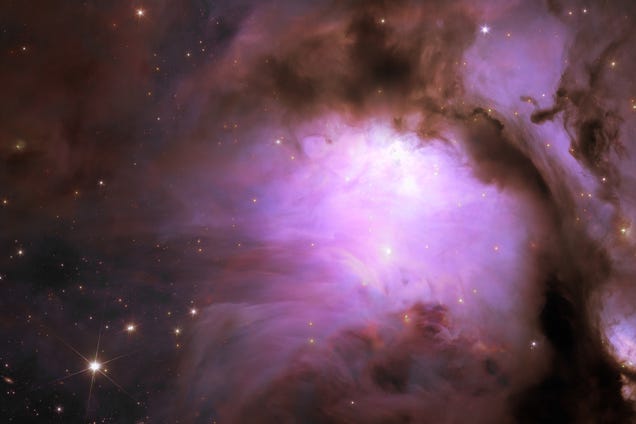
In July 2023, scientists launched the Euclid Space Telescope into orbit with a straightforward, albeit massive, task: to map the dark universe, revealing the dark matter and dark energy that we cannot directly observe but makes up the bulk of everything.

Our galaxy stretches across 100,000 light-years and contains somewhere between 100 to 400 billion stars. It appears in our night skies as a long, hazy strip of light littered with celestial objects. Photographers worldwide have been captivated by the sight of the Milky Way from Earth, capturing its incredible details…
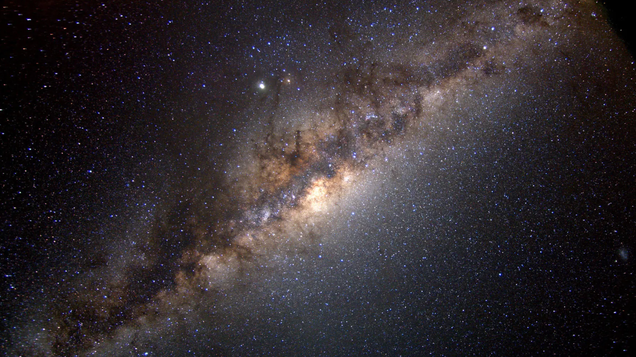
The massive galaxy that houses our star system, along with hundreds of billions of other stars, appears as a shimmery splotch stretching across our night skies on clear, moonless nights. For an ancient people who were rather obsessed with the cosmos, looking up at the Milky Way may have symbolized a goddess that hangs…

If you want to stay grounded—which is to say, you want a haunting reminder of your own diminutive size and mortality—do I have the tool for you.
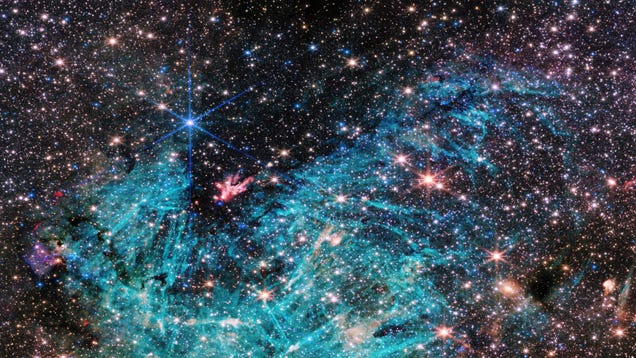
The center of our galaxy is a menagerie of exotic objects; a supermassive black hole, clouds of hot gas, and giant stars that can help inform the origin story of much of the universe. Using the Webb telescope, scientists got to see this chaotic region of the Milky Way in a different light, revealing new features and…